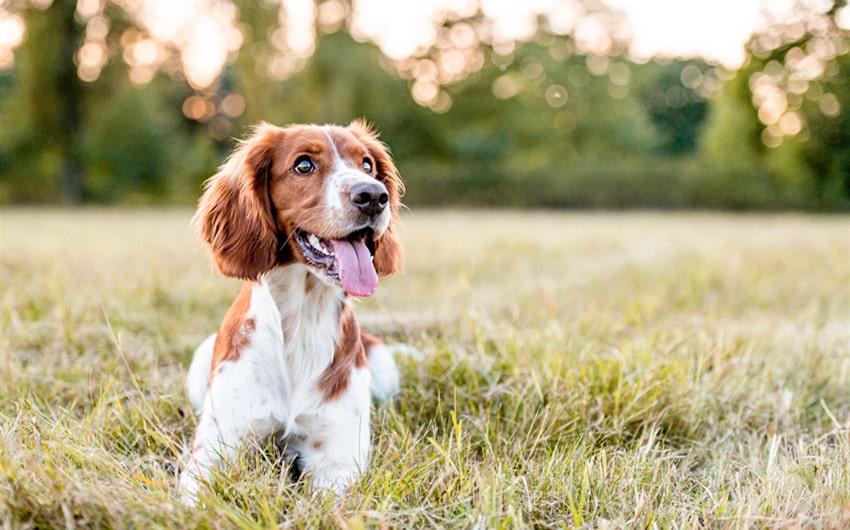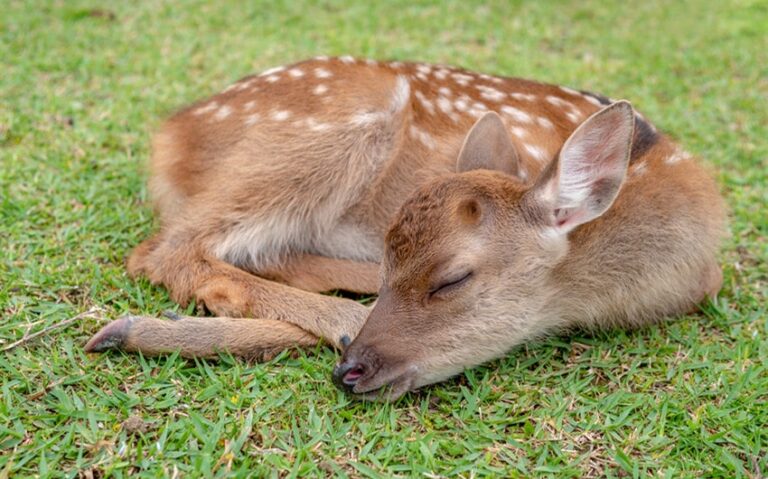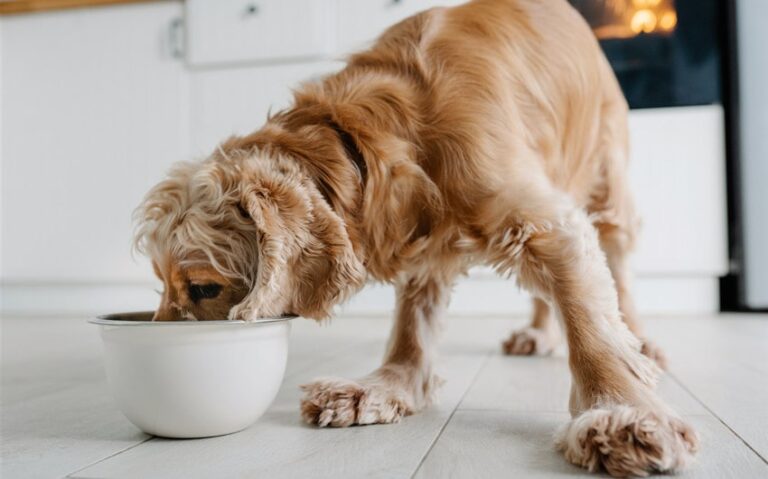How Long Is One Day to a Dog and What That Means for You
You probably wonder how long a day feels to your dog—especially when you return home to a full-body tail wag after just a few hours. While you experience time in measured blocks, your dog understands the day very differently. By exploring how dogs perceive time, you can create routines, environments, and habits that support their well-being in ways that match their unique perspective.
Dogs Don’t Understand Time Like You Do
When you think of a day, you probably imagine 24 hours broken into chunks—work meetings, meals, traffic, errands, and a mental clock ticking through each segment. Dogs don’t share that perspective. They don’t conceptualize time using abstract measurements like minutes or hours. Instead, your dog experiences the flow of the day through familiar patterns, sensory cues, and repeated actions. Their memory is grounded in association, not timestamps. They don’t remember that their walk is at “7 a.m.”—they remember that the sun hits the kitchen floor a certain way when it’s time for the leash.
This difference in how time is experienced affects how your dog reacts to your schedule. If you wake up late, leave at an unusual time, or skip a part of the routine, your dog notices the disruption—not because they understand the hour, but because the environment didn’t follow the usual rhythm. That’s why consistent routines are so comforting for dogs. They help build a sense of predictability in a world where time isn’t tracked by numbers, but by familiarity and feeling.
In short, your dog doesn’t “know” how long a day is, but they recognize what belongs in a day. They rely on the repetition of actions and reactions. One day to them isn’t measured by a clock—it’s defined by what happens in it, who they’re with, and whether the expected events unfold the way they’ve learned to expect.
Your Dog Might Perceive Time More Slowly Than You Think
The idea that time moves more slowly for dogs than it does for you is grounded in biology. One of the key indicators of time perception across species is something called the flicker fusion rate. This is the speed at which the eye processes visual changes—like the flicker of a light. Humans average around 60 hertz, while dogs process up to 80 hertz. That means your dog sees more individual “frames” of movement per second, which essentially gives them a slower-motion view of the world.
In practical terms, this means a short period of waiting may feel longer to your dog because they’re noticing more environmental detail during that time. Their heightened perception isn’t limited to sight—it extends to sound and smell as well. A distant car door slamming, a subtle shift in wind direction, or the scent of another animal outside—all of these events layer on top of each other to create a full and complex moment for your dog.
Because of this sensory intensity, a single hour might feel denser or more eventful to your dog than it does to you. Their world is never still. It’s alive with movement, noise, and scent cues that register constantly. While you might scroll through an hour without noticing much, your dog has likely noticed every passing bird, every creak in the walls, and every car outside. This contributes to the idea that a “day” to your dog could feel stretched—rich with input, even if uneventful by your standards.
How Dogs Track Time Without Measuring It
Even though your dog doesn’t have a concept of hours or days, they can still track time in their own way. Studies suggest that dogs rely on a combination of internal clocks and environmental signals to anticipate routine events. Circadian rhythms—the biological cycles that govern sleep and activity—play a role in helping your dog organize their daily behavior. Your dog also forms strong associative memories based on cues they’ve learned over time.
For example, if you always leave for work after brushing your teeth, grabbing your keys, and putting on your shoes, your dog will start to link those activities with your departure. They may not know it’s 8:00 a.m., but they do know what comes next. Similarly, your dog may learn that the sound of a garage door means someone is home or that the smell of food signals mealtime.
Some researchers even propose that dogs may use scent decay to gauge how long someone has been gone. Your scent fades over time, and it’s possible your dog can detect that change and use it as a marker of elapsed time. While this hasn’t been definitively proven, it’s consistent with how scent dominates your dog’s world. Instead of watching the clock, they sniff it.
Does Your Dog Feel the Full Length of a Day?
To you, a day may fly by or drag depending on what you’re doing. For your dog, the experience of a day is shaped by stimulation, routine, and your presence. If the day is filled with activity—walks, attention, play, and rest—it may feel full but satisfying. On the other hand, a day filled with boredom, isolation, or confusion could feel far longer emotionally, even if the actual time is the same.
Your dog’s emotional connection to time is more important than how many hours have passed. If your dog is left alone for long periods without enrichment, time stretches. The lack of stimulation combined with the emotional impact of separation can make even a few hours feel endless. This is especially true if your dog experiences separation anxiety or is highly social.
But when you’re home and engaged, the day can fly by for your dog—because they’re grounded in a feeling of safety, connection, and predictability. What matters most is not the length of the day, but the emotional quality of it. How the day feels is more significant than how long it lasts.
What Your Dog’s Day Is Really Made Of
A typical day for your dog includes several key elements: sleep, activity, interaction, exploration, and waiting. Dogs sleep between 12 and 14 hours per day, often broken into multiple naps. They spend time observing their environment, listening for familiar sounds, and checking the windows or doors for movement. Short bursts of activity—like a walk or play session—help provide mental and physical stimulation. But a large portion of the day is spent simply waiting.
Your dog may wait for food, for a walk, or for your return. This waiting can feel longer if the day is devoid of interaction or novelty. Dogs thrive on structure, so knowing when things will happen helps them feel secure. That’s why keeping a consistent routine—especially around feeding and exercise—gives your dog a stronger sense of time and reduces stress.
When you provide variety, enrichment, and reliable structure, your dog’s day becomes more than a stretch of empty hours. It becomes a sequence of meaningful moments they can anticipate and enjoy, even when you’re not there.
How to Help Your Dog Through Long Days
If your schedule keeps you away from home for long stretches, you can still support your dog’s emotional well-being. Mental stimulation and environmental enrichment are key. Leaving behind puzzle feeders, safe chew toys, or scent-based games can help your dog stay occupied and prevent boredom. Providing a view of the outdoors can also break up the day by offering visual and auditory engagement.
Technology can help too. Some owners use pet cameras or interactive toys to check in or reward their dogs during the day. If your dog is social, hiring a dog walker or enrolling them in a part-time doggy daycare can make a significant difference in how their day feels. These small interventions go a long way in breaking up what would otherwise feel like a long, empty stretch of time.
And when you return home, being fully present—even for a short time—can help your dog reset. Whether it’s a short walk, a few minutes of play, or simply sitting together, these moments are what your dog values most. To them, a little attention at the end of the day can make all the waiting worthwhile.
So How Long Is One Day to Your Dog?
There’s no simple answer. A day to your dog is not measured in hours—it’s felt through presence, structure, stimulation, and emotion. It might feel long when they’re alone, short when they’re happy, and timeless when they’re with you. Dogs don’t calculate time—they absorb it. They feel it through scent, routine, comfort, and connection.
What you can take from this is simple: the more engaged and emotionally rich your dog’s day is, the better they feel about it. And when you return—whether it’s been twenty minutes or eight hours—you can trust your dog will greet you like the best part of their day just arrived. Because to them, you probably are.




